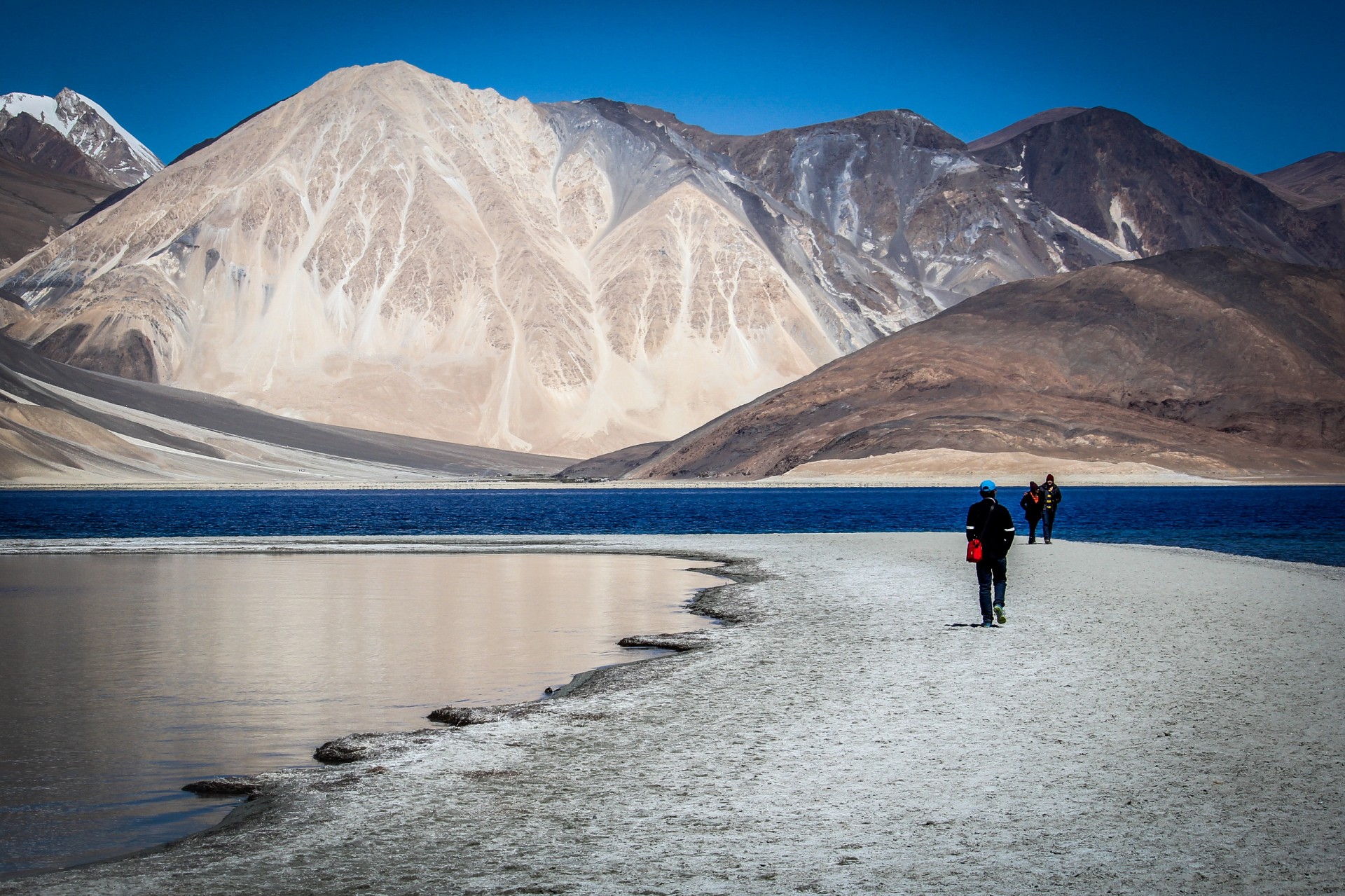The summer of 2018 might have been eye-opening for Europe in terms of climate change, with wildfires and record-high temperatures, but residents of the Ladakh region in India have been feeling the impact of global warming for a long time.
Situated in the rain-shadow area of the Himalayas Ladakh is a cold, mountainous desert. Water scarcity is the region's biggest problem and their primary source is the melting water from the surrounding glaciers.
Reliant on the water from glacial melt for their yearly harvest and drinking water, the increase in temperature and subsequent rapidity of melting has meant a dangerous decrease in Ladakh's water supply.
Faced with this literal do or die situation Chewang Norphel, a civil engineer from the area, devised what has since been named "artificial glaciers."
Norphel started his water conservation efforts by building large dams to gather the water from melting glaciers in 1987. But dams were causing environmental and social problems on top of being very costly.
He realised the water shortage was happening during sowing season — April-May— because the glaciers were only starting to melt in June. Thus, the area was lacking water when it most needed it, when in the winter streams were just running and being wasted.
So he thought: "What if there were glaciers at lower altitudes which would melt sooner due to relatively higher temperature?"

Upon observing a small stream had frozen under the shade of poplar trees in his yard, he realised the water trickling down was slow enough to freeze as opposed to the flowing water that was moving too quickly.
Inspired by this revelation, he came up with the concept of artificial glaciers. The idea is to slow down the stream by diverting the water into a valley, away from the sunlight. From there, water is directed into half inch wide iron pipes which causes it to freeze. With more water seeping in: frozen blocks are pushed out, causing an artificial glacier on the other side.
The glaciers are constructed at lower elevations so that they melt earlier than June, and the growing season expands.
Norphel Chewang's first artificial glacier is the one he built in Phuktse Phu Village in 1987. Also the largest one, the glacier is 1,000 ft long, 150 ft wide and 4 ft in depth. It cost only 1,580 Euros (2,347 U.S. Dollars) to make and can supply water for an entire village of 700 people.
To date, Chewang has initiated the construction of 17 artificial glaciers and continues to work on improving the lives of his community. His simple and cost-effective technique brings water to villages in the Ladakh region when it's most needed.






